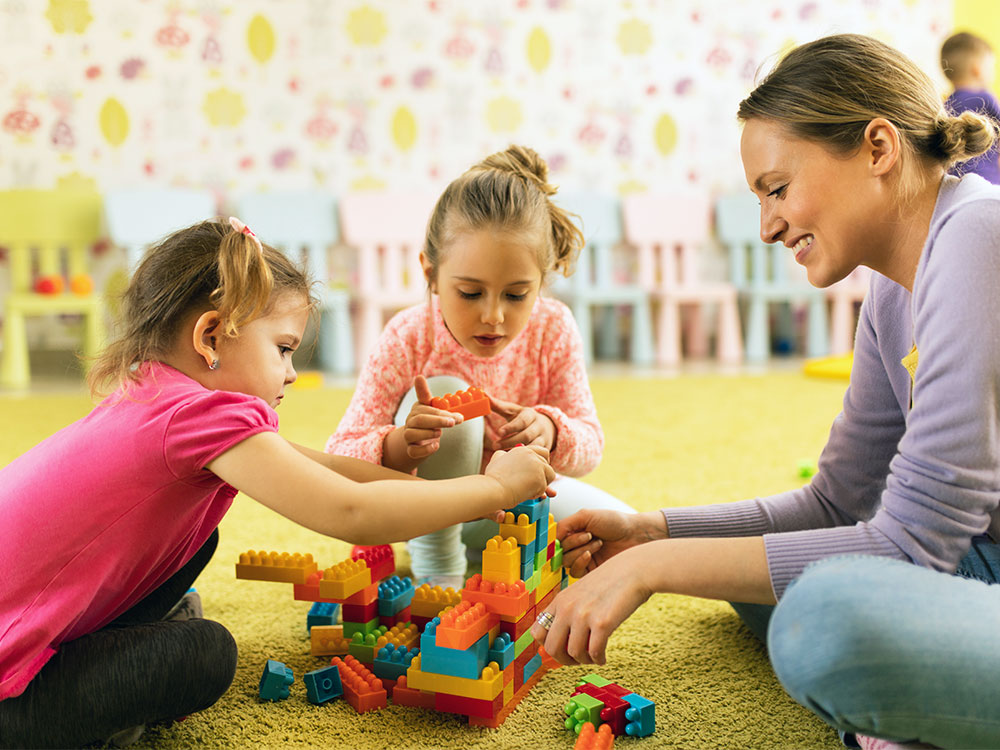To Play or Not to Play
Parents and their children were observed in a room called PlayMaze in a museum built for children under 5 years old. The study that included 31 Euro-American and 25 Latino parents visiting the museum with their children served to help examine how parents in these specific ethnic groups encounter and engage with the discourse of "learning through play". In it, it was shown - as in similar past studies - that parents are more likely to engage in play with their children if they consider play to be a mods of learning.
This was displayed through the ways the test was run using parent-child interactions coded in two dimensions: didactic nature and its child- vs. adult-directed nature. They were coded into two didactic domains; concepts (factual information content about a museum exhibit), processes ("how" to do an activity), as well as pretend play. The interaction were also structured as "adult-directed" if parents engaged in ways that actively structured the activity, or "child directed": if parents contributed to the structuring of the activity more indirectly.
Using a MANOVA, the results showed that Euro-American parents spent significantly more time in child-directed play than Latino ones, and Euro-American children spent more time interacting with an adult than Latino children. It was also displayed that these Euro-American parents believed that children play to learn, and that parental involvement maximizes learning outcomes, and see parents as suitable teachers for their children. However, they also consistently characterized the sources of children's museum learning as independent and self-directed, thereby overlooking their own parental contributions. They also valued the child's solitary actions, as a way to facilitate personal independence and self direction.
It was more divided with the Latino parents. One group was similar to their Euro-American counterparts with the exception that they included their own contributions as a source of their child's museum learning. A second set interacted with their children but denied that they learned in the museum, and did not readily believe that play is a mode of children's learning or that parents should involve themselves as teachers. The third set affirmed that their children learned in the museum but predominately watched tended to believe that children learned best from each other.



I find the differences between the different racial groups interesting when it comes to child play.
ReplyDeleteThis comment has been removed by a blog administrator.
DeleteIt's intriguing to see how the Euro-American and Latino parents differ in opinions when it comes to the significance of child play. As a Latina myself, I believe that many Latinos used to be close-minded about why playing is necessary but I do think there have been several new changes in the way Latinos raise their children. I'm glad to see that people find playing to be fundamental in a child's growth and hopefully there are more parents that engage with their children, since they're the ones their child looks up to.
ReplyDeleteThe way that different types of grouping can take on a huge role in child play is intriguing. Especially the different results that are shown through the evidence given. Moreover, it is wonderful to see that people are finding the importance of growth for the child to play.
ReplyDelete